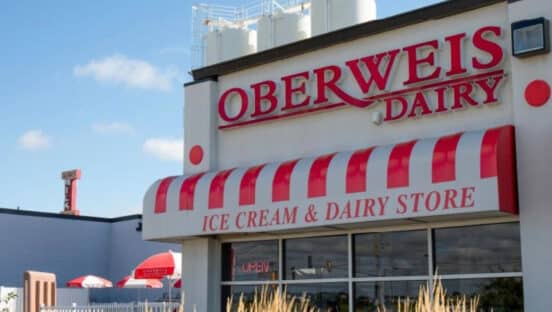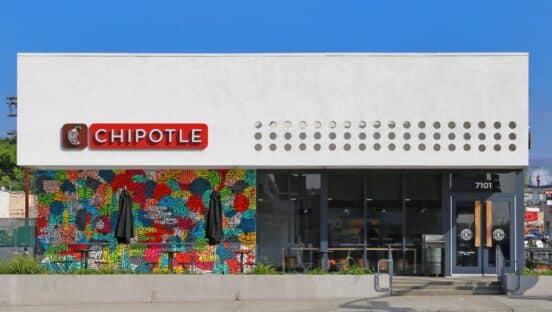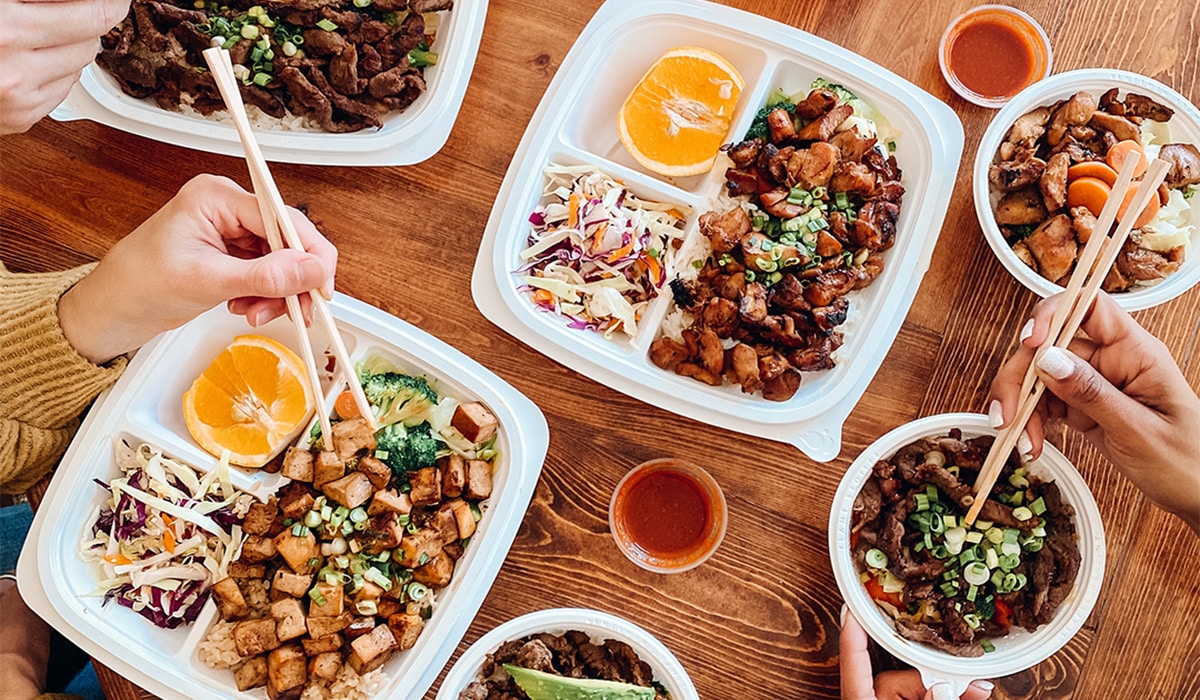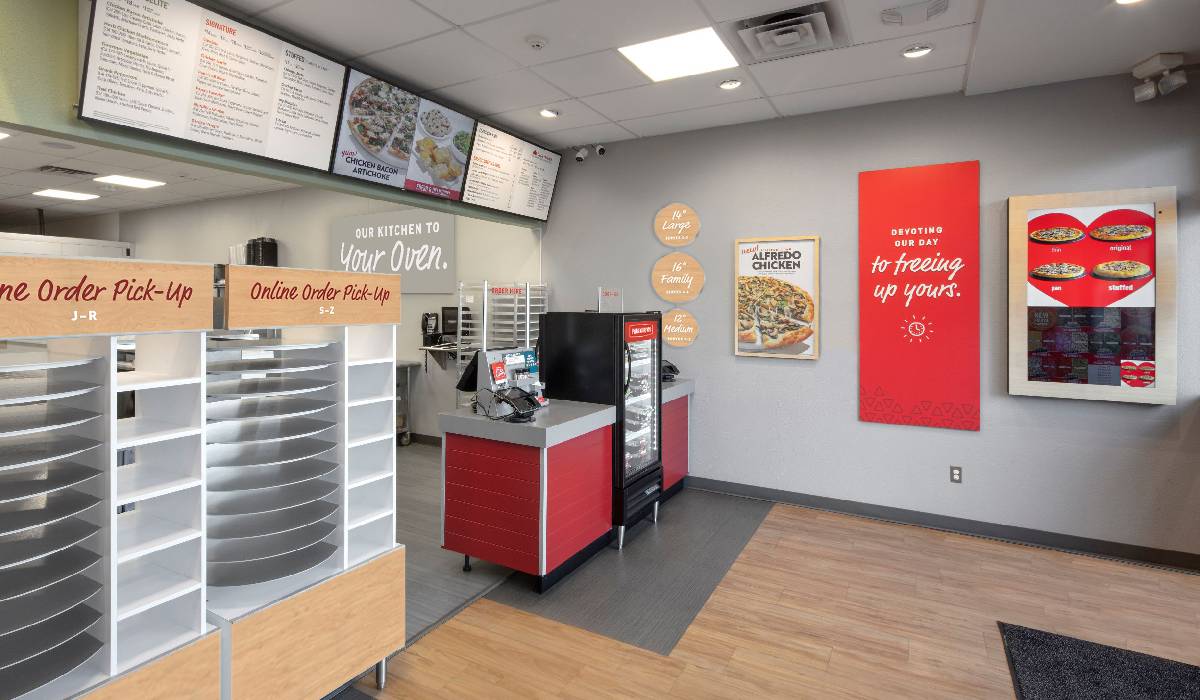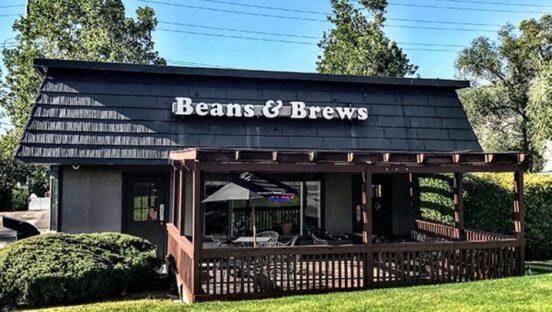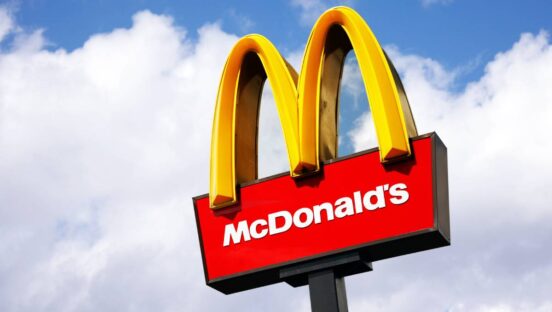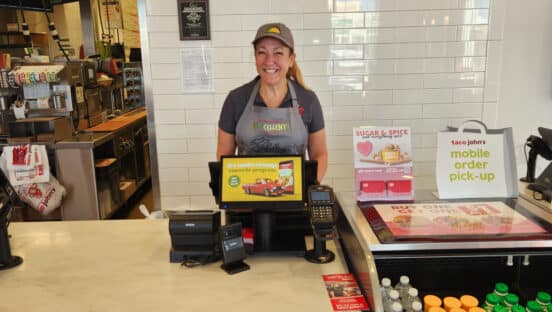KEY TAKEAWAYS:
- The limited-service segment continues to drive foodservice growth, accounting for half of global restaurant sales
- Restaurants’ labor productivity grew slower than nearly every other industry over the last 30 years
- Increasing labor costs is the most salient pain point for the majority of operators across the industry
- Up to 80 percent of restaurant positions could be automated
- Repetitive and standardized tasks give automation an edge in quick service (harder to justify in full-service restaurants)
- Impacts from COVID-19 present an opportunity for accelerated growth in alternative formats and innovative solutions (prioritizing safety, sanitation, smaller footprints, labor efficacy, etc.)
- Brands large and small are realizing they must look to technological advances to improve and modernize the unit-economic model
- In quick service, the prevalence of chains and standardized formats translates into a great opportunity for technology providers
- Foodservice tech investments with an effective approach to solving these pain points can jump to billion-dollar valuations in just a few years—as an investor, the key is finding the right partner to source opportunities others don’t have access to and to provide a team to support top-quartile value creation
LIMITED-SERVICE RESTAURANTS WERE A FORCE OF THE INDUSTRY WELL BEFORE COVID-19 HIT
There are 22 million restaurants globally representing $3.3 trillion in sales (as of 2019 and considering only commercial consumer foodservice, which excludes things like contract foodservice and non-commercial organizations). About half of these sales are tied to limited-service restaurants.
In the U.S. in particular, it’s easy to see the predominance of limited service (and particularly quick service) chains. The top 10 restaurant chains in the country are all in the limited-service category, and together represent $1.60 for every $10 spent in food away from home.

The strength of limited-service restaurants has been growing consistently in the last decades and this is reflected in the segment leaders. The landscape of the top 30 players in the U.S. restaurant industry changed significantly. Since 2010, casual dining sales shrunk by 2 percent each year, losing $19 billion in annual sales (as of 2019) and 9 percentage points of overall market share. Quick service and fast casual have been the winners, taking those customers for themselves. Fast casual tripled in size to represent more than $15 billion in annual sales (growing at a 13 percent CAGR).
Segments are shifting with the consumer, and brands betting on convenience engineering as well as an elevated experience are outpacing and outliving more traditional large players. Fast-casual operators have helped quick-serves with regard to “premium-ization” and leading to a greater tolerance for higher per-person spend.

We estimated around 20 percent of restaurants globally would have closed in 2020–2021 due to the global pandemic. Limited-service chicken and pizza were the strongest segments in terms of resilience to COVID. The impressive growth in digital sales and drive-thru sales (Popeyes’ drive-thrus, for example, were up 100 percent compared to 2019) is a case study for how new product and profit center innovations present an opportunity to lift average unit volumes, even in adverse situations.
The quick-service industry was in a much better position to face the pandemic than its full-service peers. The inertia of those wins, however, is starting to slow down. As the global industry sees a dramatic swing in revenue from old ways to new alternatives, quick-serves will have to continue adapting in this race for the survival of the fittest.
THE MOST SALIENT PAIN POINTS AND OPPORTUNITIES IN FOODSERVICE
A complete recovery for the global foodservice industry will require a top-to-bottom overhaul of its supply chain and distribution systems along with significant changes to the guest experience.
Menus, ingredients, new calculous for make-buy-decisions, kitchen reconfigurations, evolved unit-economic models and investor expectations, a disoriented consumer public and operating crews: it all adds up to make for the most massive recalibration of the commercial foodservice industry in modern history.
And it will have to happen in less than 18 months. The Great Global Reset is happening—with or without those that decide to participate. These are some of the challenges and opportunities the Aaron Allen & Associates team has been identifying for years.
Increasing Labor Costs: Labor is the No. 1 pain point in the restaurant industry. There is an opportunity (and need) to knock hundreds of billions of dollars in labor costs out of the unit-economic model for the restaurant industry to evolve, modernize, and achieve the kind of tech-enabled productivity (and valuation) gains that other industries have seen far ahead of ours. In the U.S., a good benchmark for the global industry, 82 percent of all employees in restaurants (including serving workers, cooks and food preparation positions, and support positions for these) could—to a large extent—be automated.
Stagnant Productivity Growth: In aggregate, U.S. workers’ productivity nearly doubled between 1987 and 2017. The restaurant industry has been among the slowest to grow—about 80 percent below average at a 0.4 percent CAGR. Restaurants have been historically slow to adopt new technologies, which is becoming evident through those productivity metrics.
Safety and Sanitation: Always a salient point but increasingly so during and after COVID-19. Sure, there was money to be made in panning for gold during the gold rush, but it was the landowners and supplier community (selling the picks, shovels, pans, and transport) that was most profitable in that period of time. Today, that will mean those selling the new training systems and protocols, personal protective gear, and tools for modernization (touchless and contactless, robotics and automation systems, and other technology that improves safety, productivity, and profitability).
Slow Growth: While mature markets like the U.S. and Europe show slow (but steady) growth, 85 percent of all the foodservice growth is originating outside North America. Global industry leaders derive an increasing percentage of revenue from outside their home markets (more than one-third), and quick-service restaurants have been particularly effective in pioneering to new markets.
EVERYTHING IS GETTING SMARTER, AND OPERATORS SURVIVAL DEPENDS ON HOW THEY CAPITALIZE IT
As Henry Ford once famously said, if he’d given people what they wanted it would have been faster horses. This is a fitting sentiment for the foodservice industry in general.
Especially in mature and established markets, growth in the restaurant industry is coming primarily from acquisitions and incremental growth achieved through the expansion of product and profit centers. At the same time, margins are getting increasingly pressured by raising costs (primarily labor, with food and occupancy costs also contributing to the margin squeeze).
Technology has not been widely adopted in the restaurant industry. Those operators that are driving innovation are doing so within their own brands (and this is happening just among the very largest in the world). Little to no innovation is driven by operators in the middle market and below. It’s hard for those chains with under $2 billion in sales to allocate CAPEX to R&D.

However, a multitrillion-dollar industry that has historically grown by inches has been hit with the most disruptive force it has ever encountered, and brands large and small are realizing they must look to technological advances to improve and modernize. Both the supply side and the demand side are looking to the other to go first and show the way forward.
At Aaron Allen Capital Partners, we’re identifying opportunities to invest in innovation from the seed to the sewer. A large swath of the technology the global foodservice industry needs in a post-COVID environment will (necessarily) come from startups that are not yet ready for institutional investors. We’re fielding and finding some real gems: robotics, automation, Computer Vision, biometrics, advanced analytics, Internet of Things, traceability, sustainability, and so much more.
Investment decisions today should not be based on what others wanted yesterday or can prove today, it’s much more about predicting what will happen in the tomorrows ahead. We believe the industry will advance more in the next five years than it did in the previous 50, and are excited to be a part of changing the world one bite at a time.
Working alongside executives of the world’s leading foodservice and hospitality companies, Aaron Allen & Associates helps businesses solve their most complex challenges and achieve their most ambitious aims. The global foodservice consulting practice has worked with clients spanning 100+ countries, collectively posting more than $200b in revenue across nearly every geography, category, cuisine, segment, operating model, ownership type, and phase of the business life cycle. For further information on AA&A visit https://aaronallen.com


